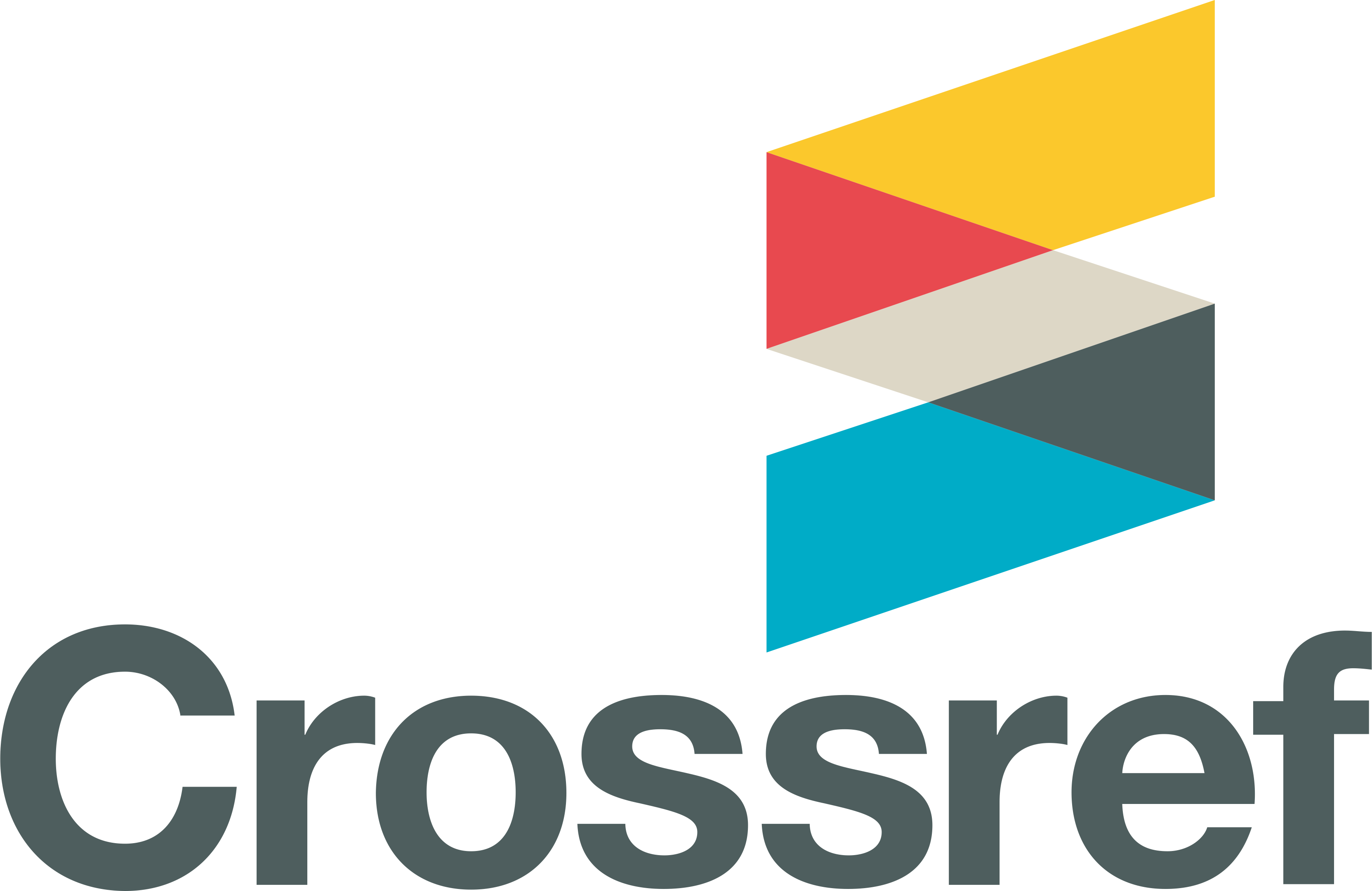Phytochemical Screening, Anticancer, and Antiangiogenic Activity of Bahai (Ormosia calavensis) and Yakal yamban (Shorea agsaboensis) used as Ethnomedicine of the Manobo Tribe in Brgy. Anticala, Butuan City, Philippines
DOI:
https://doi.org/10.54610/jeseg/4.1.2022.001Keywords:
Anti-cancer, Caraga, indigenous peopleAbstract
Ethnobotanical knowledge is an integral part of the culture of indigenous groups and plays an essential role in drug discovery. In this study, key informants of the Manobo Tribe in Brgy. Anticala, Butuan City were surveyed for their ethnomedicinal knowledge. The plant parts of frequently mentioned plants were used for phytochemical screening, MTT assay, and duck embryo chorioallantoic membrane (CAM) assay. Seventeen plant species with ethnomedicinal importance were documented to be used by the Manobos, where barks are predominantly used to treat various ailments and prepared through decoction. Yakal yamban (Shorea agsaboensis) and Bahai (Ormosia calavensis) were frequently mentioned during the survey. The barks of the O. calavensis and S. agsaboensis were then tested for their phytochemical content, anti-cancer, and anti-angiogenesis potential. Phytochemical analysis revealed the presence of alkaloids, steroids, flavonoids, saponins, and tannins in the barks of the two plant species. The bark extracts of S. agsaboensis (50.95±0.04% viability) and O. calavensis (76.97±0.18% viability) showed mild toxicity against colon cancer cell line HCT116 in the MTT assay (P<0.05). The bark extracts can cause dose-dependent anti-angiogenic activity in the CAM of duck embryos (P<0.05). The current findings suggest that the bark of the ethnomedicinal plants, S. agsaboensis and O. calavensis, used by the Manobos of Brgy. Anticala is a reservoir of bioactive compounds as potential anti-angiogenic and anti-cancer therapy sources. Further studies in identifying specific active metabolites and in-depth biological screening are recommended.
Downloads
Published
How to Cite
Issue
Section
License

This work is licensed under a Creative Commons Attribution-NonCommercial 4.0 International License.








